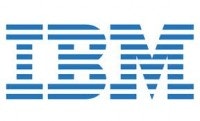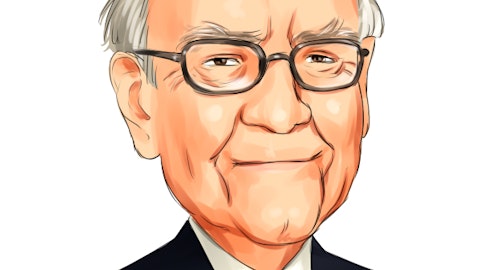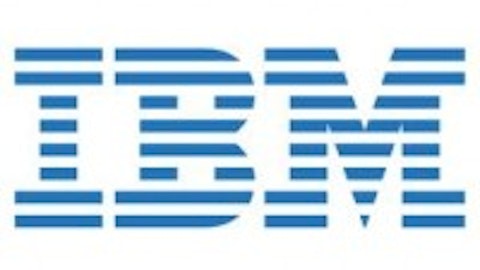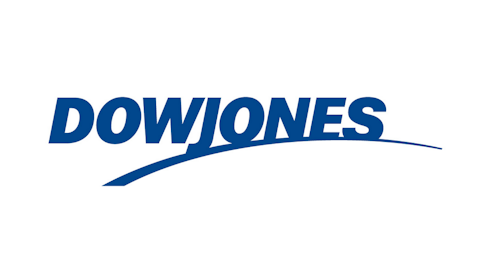To the untrained eye, there are plenty of facts and figures for International Business Machines Corp. (NYSE:IBM) investors to keep an eye on, but it’s important to monitor a company’s short interest. A couple indicators typically used are: (a) the percentage of a company’s tradable shares that short sellers are presently short selling, plus (b) the difference in shorting activity.
Heightened shorting usually indicates what it implies: the Street has grown less fond of the stock. Short selling that’s too high, however, sometimes has a positive effect on stock price, as short-ers may be forced to cover their positions.
Within Insider Monkey, it’s not a secret that we monitor hedge funds’ sentiment, but it’s also crucial to group this information with aggregate short interest information. A few, big time investors might disclose that they’re short on a particular company, but it’s not an SEC requirement. Nonetheless, many individual investors may wish to stay away from heavily short sold equities with high hedgie support, while others may desire short-squeeze candidates. For readers looking for a proven piggybacking strategy, discover the details of our premium strategy.
With that in mind, let’s take a peek at the latest data pertaining to International Business Machines Corp. (NYSE:IBM).
Studying the latest FINRA data, which is released two times every month, we can realize that International Business Machines Corp. (NYSE:IBM) sports a short interest of 1.60% of float. This is a 9% change from the previous month. With a total float of 1.11B shares, this represents a short ratio of 3.50.
It is also beneficial to keep an eye on hedge fund holdings from their quarterly 13F filings. Of the funds we track, Warren Buffett’s Berkshire Hathaway had the largest position in International Business Machines Corp. (NYSE:IBM), worth close to $14.5304 billion, accounting for 17.1% of its total 13F portfolio. On Berkshire Hathaway’s heels is Fisher Asset Management, managed by Ken Fisher, which held a $671.8 million position; 1.8% of its 13F portfolio is allocated to the company. Remaining hedge funds that are bullish include Jim Simons’s Renaissance Technologies, Phill Gross and Robert Atchinson’s Adage Capital Management and D. E. Shaw’s D E Shaw.
Also, bullish insider trading is most useful when the company in question has experienced transactions within the past half-year. Over the latest six-month time period, International Business Machines Corp. (NYSE:IBM) has seen zero unique insiders purchasing, and 17 insider sales (see the details of insider trades here).
Let’s go over activity in other stocks similar to International Business Machines Corp. (NYSE:IBM). These stocks are Silicon Graphics International Corp (NASDAQ:SGI), Cray Inc. (NASDAQ:CRAY), Teradata Corporation (NYSE:TDC), , and Hewlett-Packard Company (NYSE:HPQ). This group of stocks belong to the diversified computer systems industry and their market caps are similar to IBM’s market cap.
| Company Name | # of Hedge Funds | # of Insiders Buying | # of Insiders Selling |
| Silicon Graphics International Corp (NASDAQ:SGI) | 15 | 1 | 5 |
| Cray Inc. (NASDAQ:CRAY) | 17 | 0 | 10 |
| Teradata Corporation (NYSE:TDC) | 25 | 0 | 4 |
| Hewlett-Packard Company (NYSE:HPQ) | 47 | 0 | 0 |
These indicators–short interest data, hedge fund sentiment and insider trading history–are what all readers should be aware of. Although it is hard to discover a practical strategy from short selling data, the latter two provide lots of market beating opportunities if you know where to look.





